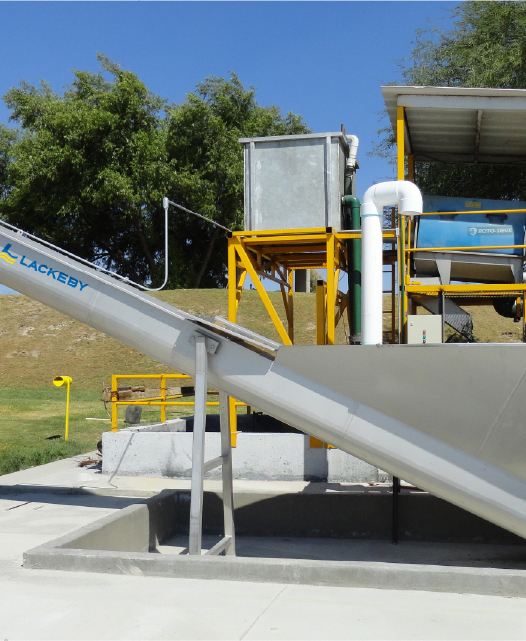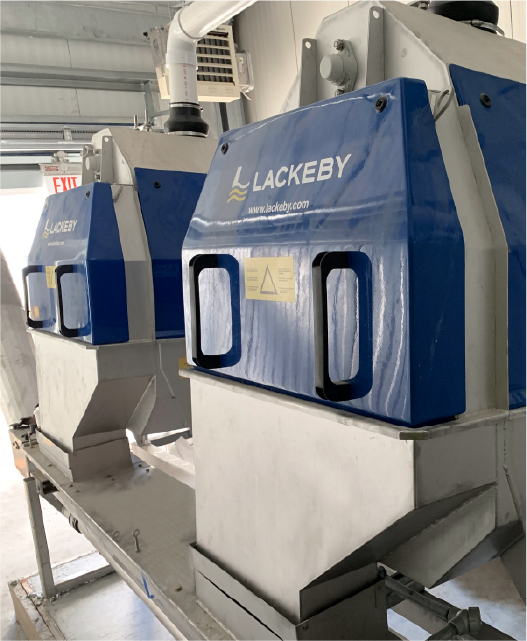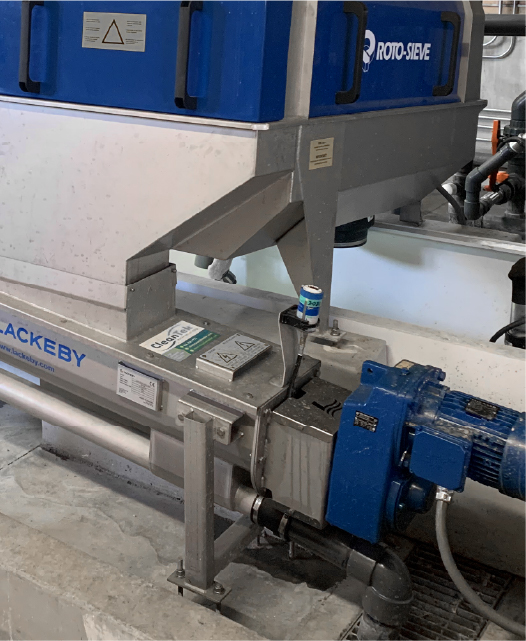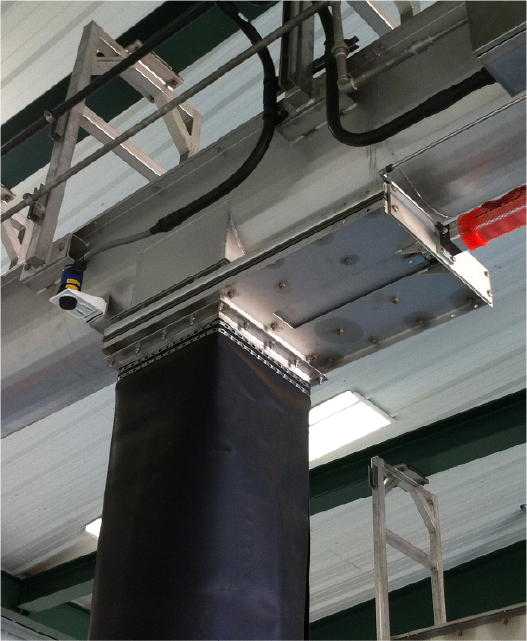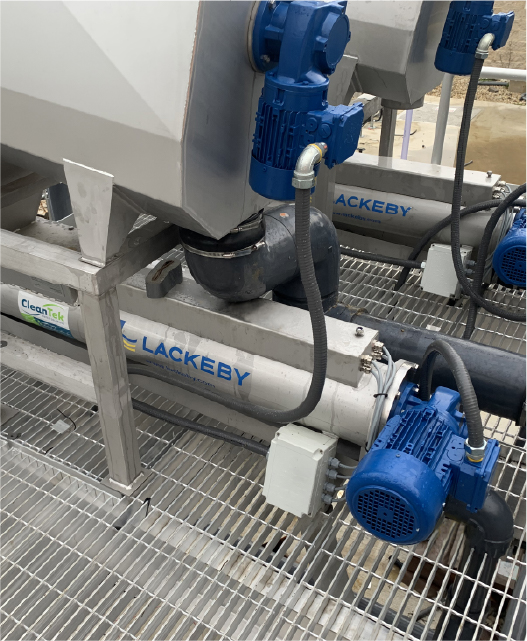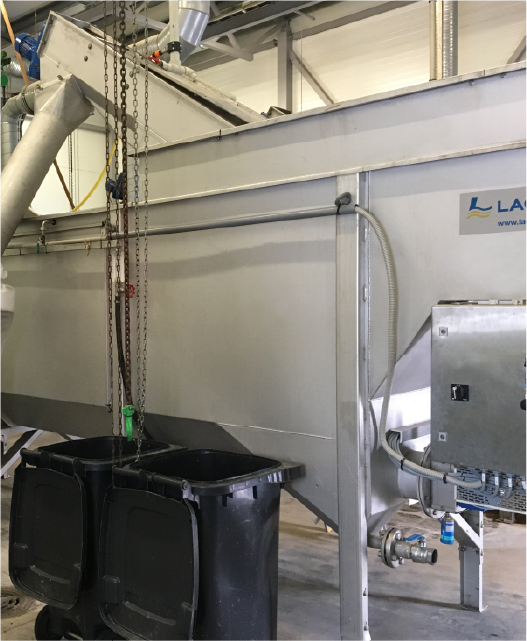MBR and
Fine Screening
Solutions
MBR and
Fine Screening
Solutions
OVERVIEW
OVERVIEW
MBR Protection
Membrane Bioreactors (MBR) have become the preferred method to treat wastewater when a high-quality effluent is required. Effective pretreatment of the influent to these systems is imperative to reduce or even eliminate the risk of damage to the costly membranes. Fine screening is the primary focus for many facility operators as it is the first line of defense for the MBR system and is responsible for maintaining the efficiency and operability of the system. Protecting delicate and expensive membranes from damage by hair, fibers, and other small particles is a key consideration when designing and operating a membrane process.
MBR & Fine Screening Treatment Products
RotoSieve Drum Screens are an extremely effective and economical method to remove solids from wastewater, especially when an MBR system is involved. Screening out solid matter including hair/fibers from the wastewater will enhance the MBR treatment process and protect the membranes from damage. Several advantages provided by the RotoSieve design ensures a high performing and reliable MBR system:
- No vertical or slotted seals of any kind that would result in bypass – all flow must pass through a perforated hole to reach the downstream process. No seals that can fail resulting in membrane damage.
- Overflow bypass and alarm system detects and separates unscreened flow during an overflow or blinding event. Protects sensitive downstream processes like membranes from damage caused by unscreened flow.
- The innovative and proprietary drive system eliminates the need for trunnion wheels. This significantly lowers required maintenance and improves reliability.
- Guaranteed removal of all solids larger than the drum perforation.
- Highly efficient at removing small chain fibers and hair that damage membranes
- Guaranteed that no material will weave or staple into the perforated drum screen element causing permanent blinding.
- The RotoSieve can also perform double duty and screen recycled activated sludge (RAS). This helps improve the performance and operation of the MBR system in the long term.
- Unparalleled Experience – Thousands of installations around the world and hundreds of installations protecting various membrane systems.
Besides the RotoSieve Screen, other products can be packaged together to create a full pre-treatment/protection system for a MBR system. This includes the following:
- SCP Shaftless Screw Press – Screenings can be further dewatered and compacted using the SCP Shaftless Screw Press. The press catches the screenings straight from the RotoSieve and compacts, dewaters, and transports the screenings.
- SC Shaftless Screw Conveyor – If transportation is the only concern for the screenings, the use of our Shaftless Screw Conveyor fits the job.
- Grit Classifier – Remove grit/sand from the influent in low to medium flow applications to further protect your membranes.
- PTU Complete Plant – Include a RotoSieve screen with a PTU Complete Plant to have a turnkey fine screening, grit, and optional FOG removal system that provides effective protection of a MBR system in an easy to install package.


